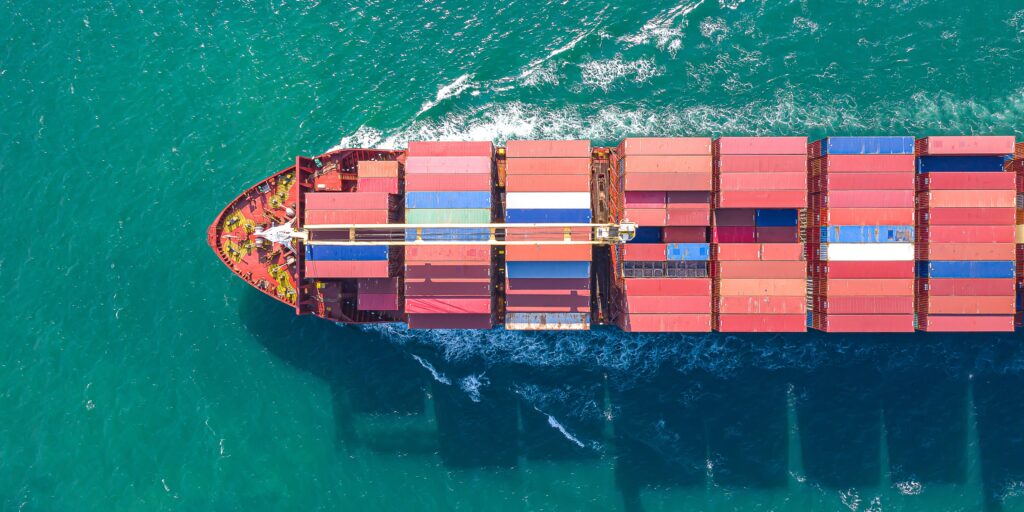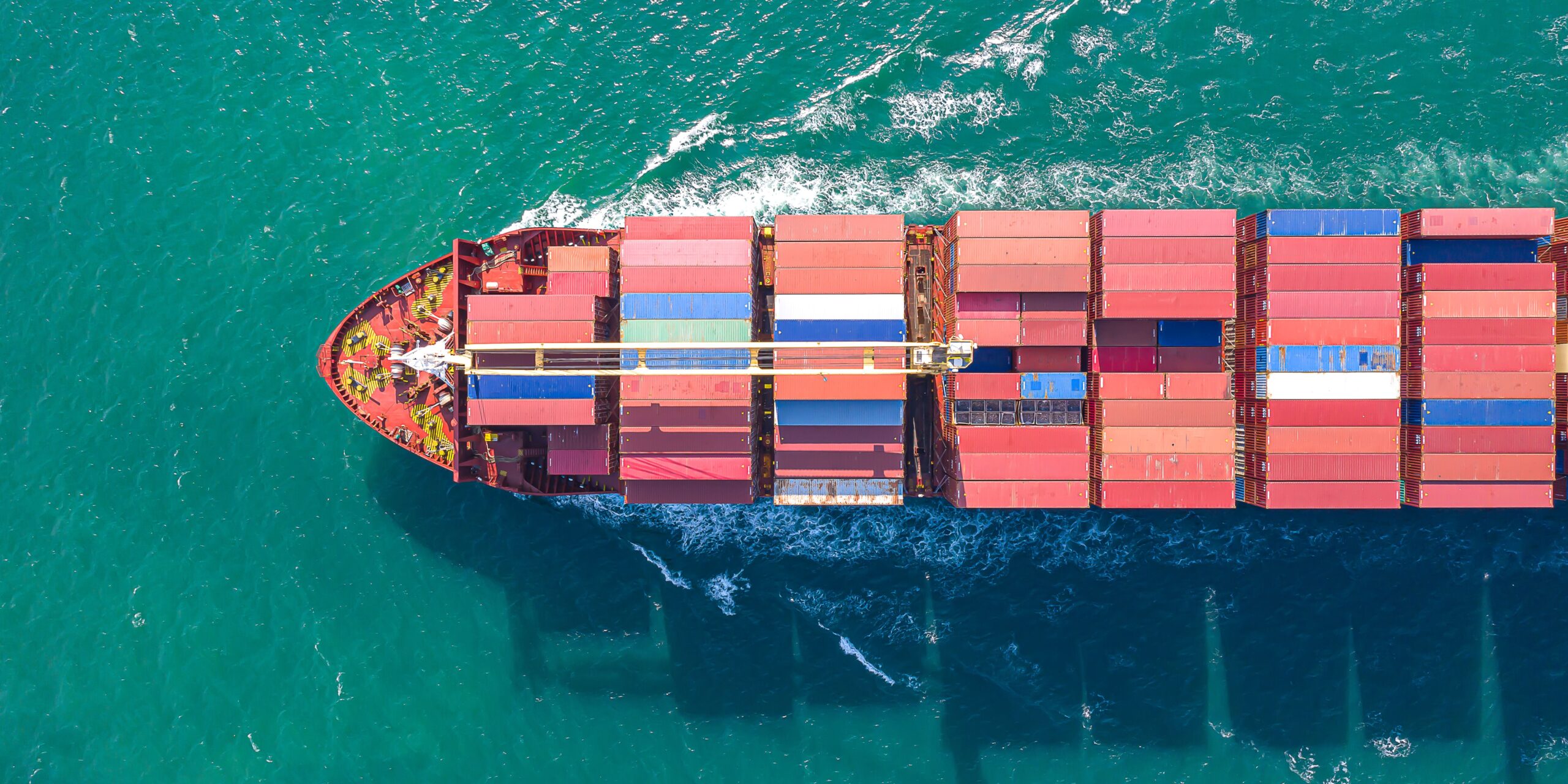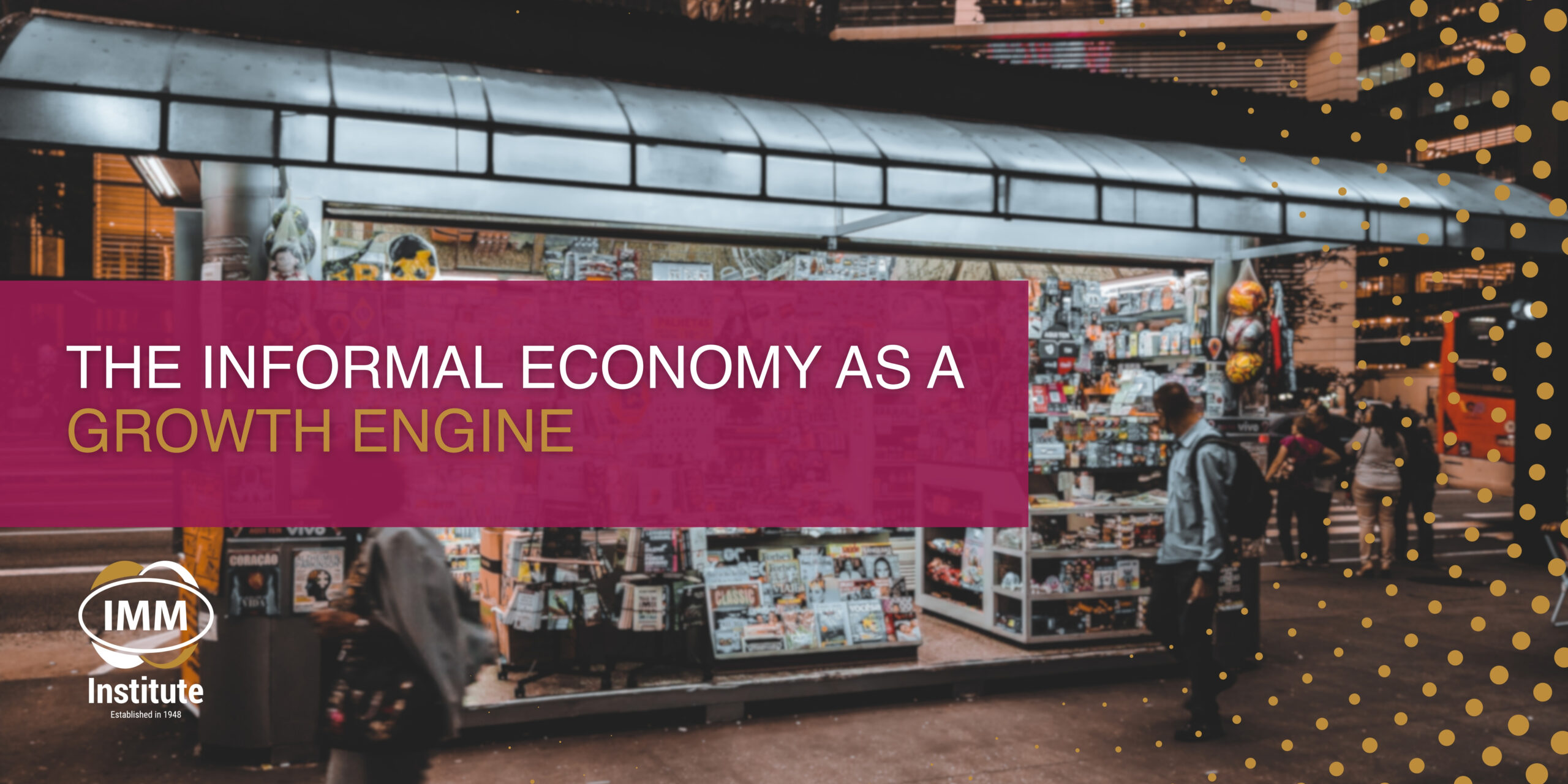Although supply chains are essential to international trade, there is growing concern about how they affect the environment. Green logistics and sustainable methods are being adopted by businesses in response to the growing carbon footprint of interconnected production and distribution networks.
This blog will examine five major ways that supply chains affect the environment, both positively and negatively, and will also highlight the initiatives taken by forward-thinking businesses to mitigate their carbon footprint and ecological harm.
The drive towards sustainability has resulted in new job titles such as “Sustainability Manager” and “Supply Chain Sustainability Analyst”. Prospective students can position themselves as future contenders for these roles by grasping these dynamics and appreciating the opportunities and complexities within the field of supply chain management.

Supply Chain's Environmental Impact
During Women’s Month, we express respect and appreciation for women’s leadership and the outstanding achievements they’ve showcased in society. Some female-oriented brands have designed promotions and campaigns to showcase their inspirational initiative and strength. Some brands have missed the mark and serve as a lesson in what not to do. In this blog post, we will feature female-oriented brands that are undoubtedly winners as well as digital marketing fails, proving why understanding and connecting with women, and your audience in general, is so crucial to businesses.
Notable Female-Oriented Brands
Global Supply Chains and the Planet
- Global Supply Chains and it’s Carbon Footprint
Global supply chains play a major role in the environmental destruction. The vast network of production, shipping-and-receiving activities leaves a significant carbon footprint comprising waste produced during packing and distribution, energy use in manufacturing facilities, and greenhouse gas emissions from goods transportation.
Maersk is trying to fight this with green logistics. In 2021, Maersk ordered the first container transport company’s boats equipped with methanol. Methanol has many benefits, but the notable benefits of methanol are that it is a carbon-neutral fuel. This means that it can be produced with only renewable resources (sun, wind, biomass, etc.) and can reduce carbon emissions from 65 to 95 percent. They placed an order for six more huge ocean-going vessels that run on green methanol the following year.
- Pollution and Climate Change
Many of these systems’ reliance on fossil fuels exacerbates their carbon footprint, pollution, and climate change. In an effort to mitigate their carbon footprint and environmental impact, businesses are implementing green logistics as they become more conscious of the impact of their operations. Initiatives like adopting circular economy principles, streamlining routes to use less fuel, and utilising renewable energy sources are becoming more widespread.

Supply Chains, Green Logistics, and Sustainability
- Working Towards Less Emissions
Supply chains can greatly reduce transportation emissions and, consequently, their overall carbon footprint by shortening the distance that commodities must travel. An example of a company aiming towards less emissions and using green logistics is the DHL Group.
Since its air network accounts for almost 90% of its carbon footprint, the corporation is concentrating on investigating green logistics and environmentally friendly air transportation options to lead the way in sustainable aviation. By 2030, DHL Group intends to employ 30% of Sustainable Aviation Fuel (SAF) in all aviation travel, working in partnership with bp, Neste, and World Energy.
- Working Towards Sustainable Practices and Lessening Carbon Footprints
As highlighted above, the growing awareness for tighter ties between producers and consumers is one that underpins more open and accountable business operations.
Embracing sustainable practices – like using locally produced products and starting recycling initiatives – are supported with welcome by the globally-green.
- Strengthening of Regional Economies
By assisting small companies and generating employment, local supply chains can strengthen regional economies while lowering dependency on international networks that could put expediency ahead of environmental concerns. Businesses that take advantage of local supply chains are frequently in a better position to adopt green logistics and lessen their carbon footprint, which benefits the environment and the communities in which they operate.
Amazon is practicing green logistics methods by constructing microbility hubs – centrally situated delivery stations – and utilising everything from electric vehicles (EVs) to e-rickshaws and cargo bikes to deliver items to clients in Europe and India in a more environmentally friendly manner.
With 33 microbility hubs spread throughout Europe, the company intends to invest €1 billion over the next five years to quadruple its fleet of zero-emission middle- and last-mile vehicles.

In conclusion
Supply networks have a significant and diverse impact on the environment. Supply chains have the ability to either benefit or hurt the environment, ranging from their global reach that compounds environmental deterioration – to their more sustainable potential in localised networks.
Businesses who adopt sustainable practices and green logistics are not only reducing their carbon footprint and environmental effect but also raising the bar for the sector. To drive future breakthroughs and lead the charge towards a more sustainable global economy, it is imperative that professionals and students in the sector have a thorough understanding of these dynamics. Future leaders may make a significant contribution to the transformation of supply chains into forces for environmental good by concentrating on these possibilities and challenges.
















